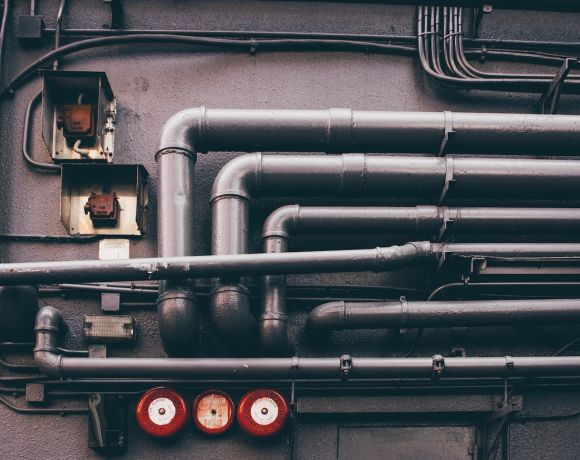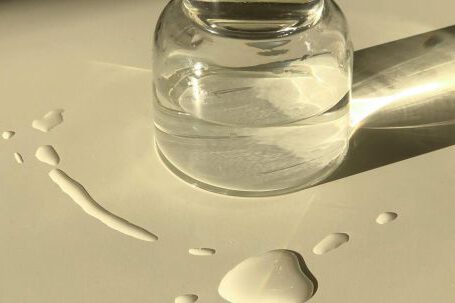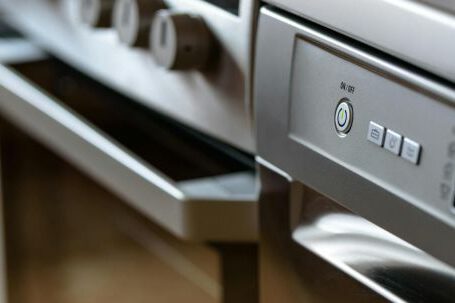In recent years, 3D printing has emerged as a revolutionary technology with the potential to transform various industries. One sector that is particularly poised to benefit from this innovative technology is the plumbing industry. 3D printing has the ability to revolutionize the way plumbing components are designed, manufactured, and installed, leading to increased efficiency, cost savings, and improved overall performance. In this article, we will explore the impact of 3D printing on the plumbing industry and the potential benefits it brings.
Streamlined Design Process
Traditionally, designing plumbing components required extensive manual labor and time-consuming processes. However, with 3D printing, designers can now create intricate and complex designs with ease. Using computer-aided design (CAD) software, designers can create digital models of plumbing components and then 3D print them layer by layer. This streamlined design process allows for greater creativity and flexibility, resulting in innovative designs that were previously unattainable.
Cost Savings in Manufacturing
The traditional manufacturing process for plumbing components often involves the use of molds and specialized machinery, which can be costly and time-consuming. However, 3D printing eliminates the need for molds and enables the production of custom-made components on-demand. This not only reduces manufacturing costs but also eliminates the need for excess inventory and storage space. By printing components as needed, plumbing companies can significantly reduce their overhead costs and improve their bottom line.
Enhanced Durability and Performance
One of the key advantages of 3D printing is its ability to create components with precise geometries and complex internal structures. This allows for the production of plumbing components that are not only aesthetically pleasing but also highly functional. For example, 3D printed pipe fittings can be designed to have optimized flow characteristics, reducing pressure drop and improving overall system performance. Additionally, 3D printed components can be made from advanced materials such as carbon fiber-reinforced polymers, which offer superior strength and durability compared to traditional materials.
Efficient Installation and Repair
The installation and repair of plumbing systems can often be a time-consuming and labor-intensive process. However, 3D printing can simplify these tasks by providing customized components that fit perfectly into existing systems. For example, if a section of a pipe needs to be replaced, a 3D printed replacement can be quickly produced and installed without the need for extensive modifications or adjustments. This not only saves time but also reduces the risk of leaks and other issues that can arise from poorly fitting components.
Environmental Sustainability
In addition to its numerous practical benefits, 3D printing also offers significant environmental advantages. Traditional manufacturing processes often generate a significant amount of waste, as excess materials are discarded during production. However, 3D printing is an additive manufacturing process, which means that it only uses the exact amount of material needed to create a component. This reduces material waste and minimizes the environmental impact of manufacturing. Furthermore, 3D printing can enable the recycling and repurposing of old plumbing components, further contributing to sustainability efforts.
In conclusion, 3D printing has the potential to revolutionize the plumbing industry by streamlining the design process, reducing manufacturing costs, enhancing durability and performance, facilitating efficient installation and repair, and promoting environmental sustainability. As this technology continues to evolve, plumbing companies that embrace 3D printing will gain a competitive edge by offering innovative solutions and improved customer experiences. The impact of 3D printing on the plumbing industry is already being felt, and it is only a matter of time before it becomes the new standard in plumbing component manufacturing.



